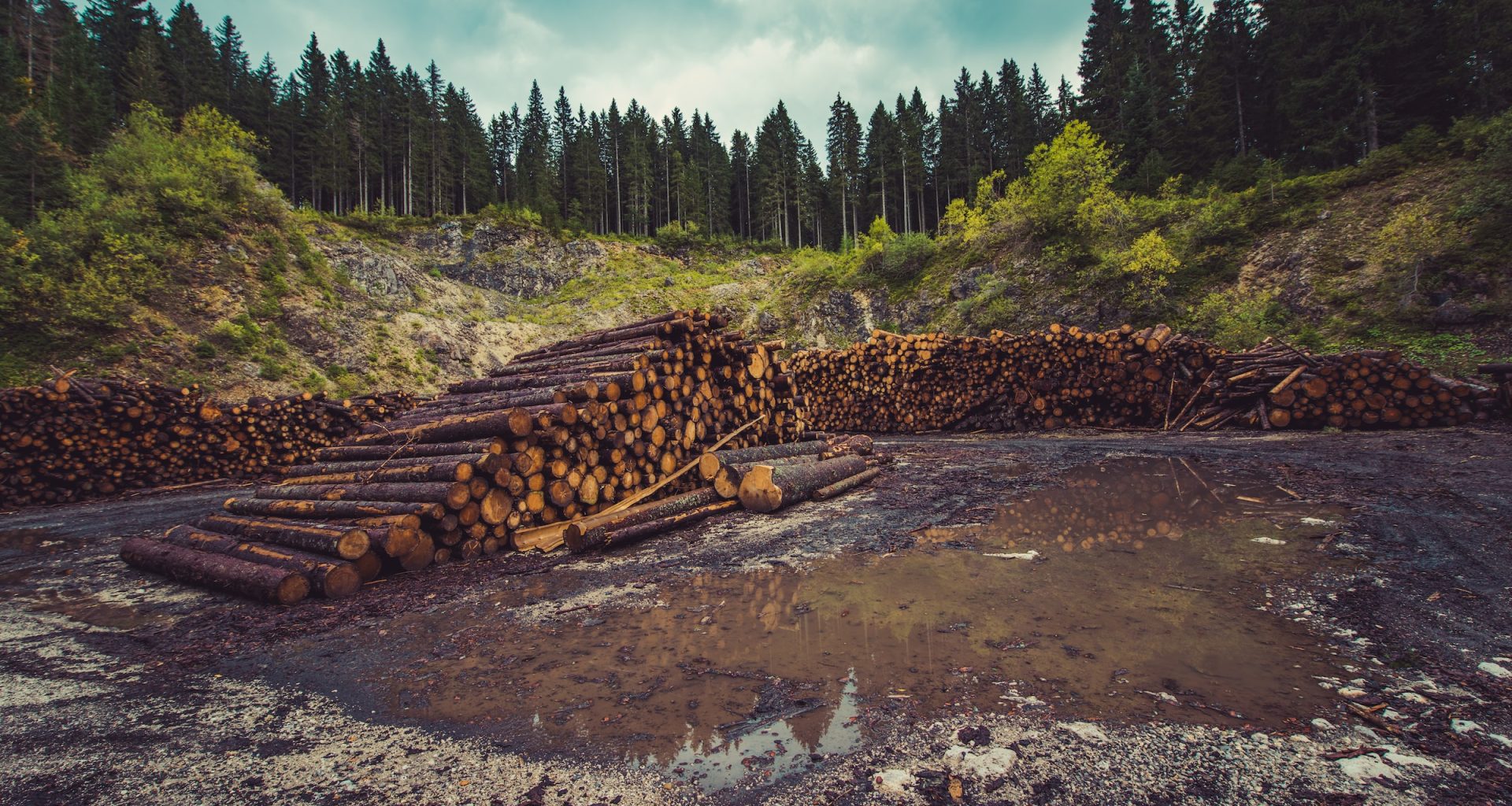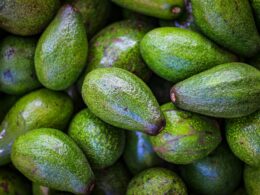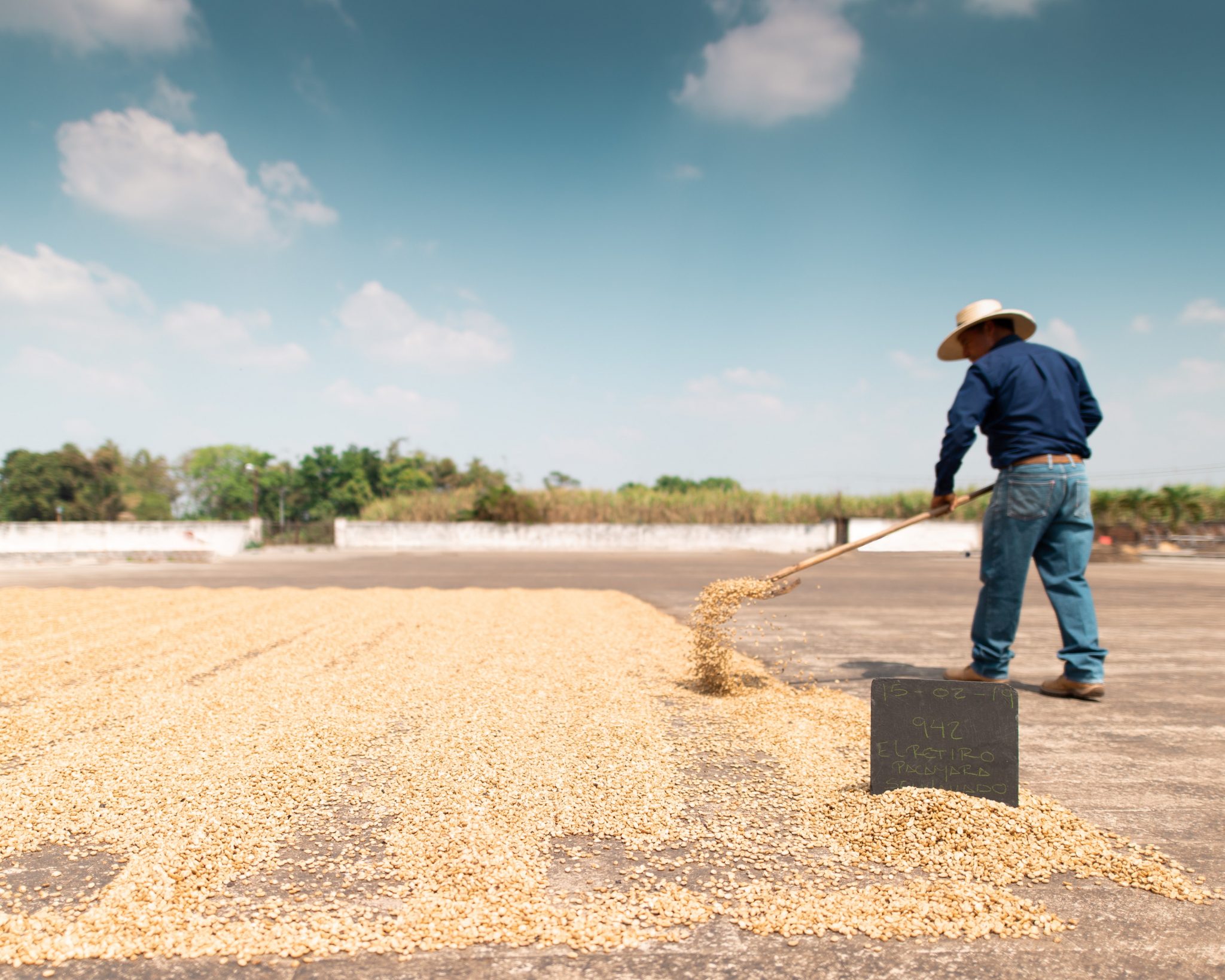Timber is a valuable natural resource used for centuries for construction, furniture, paper, and many other everyday products. However, its production and harvest often lead to negative environmental impacts, including deforestation, habitat destruction, and soil erosion. On the other hand, the economic demand for timber has skyrocketed in recent decades. To address these issues, Sustainable Timber Practices (STP) have emerged as a solution that balances the economic demands of the timber industry with conservation efforts that protect natural ecosystems.
This article will discuss sustainable timber practices, their significance, the economic and environmental impacts of timber production, and the ways by which we can achieve sustainable timber practices. Additionally, we will also highlight the future potential of sustainable timber practices and the challenges that come with them.
What are Sustainable Timber Practices?
Sustainable timber practices (also called STPs) refer to the management and use of timber in a way that balances economic, environmental, and social benefits. These practices will prioritize conservation efforts to minimize the negative impacts of timber production on natural ecosystems. Sustainable Timber Practices are necessary for forestry because it provides a framework for the timber industry to operate in a way that minimizes environmental harm while maintaining economic viability.
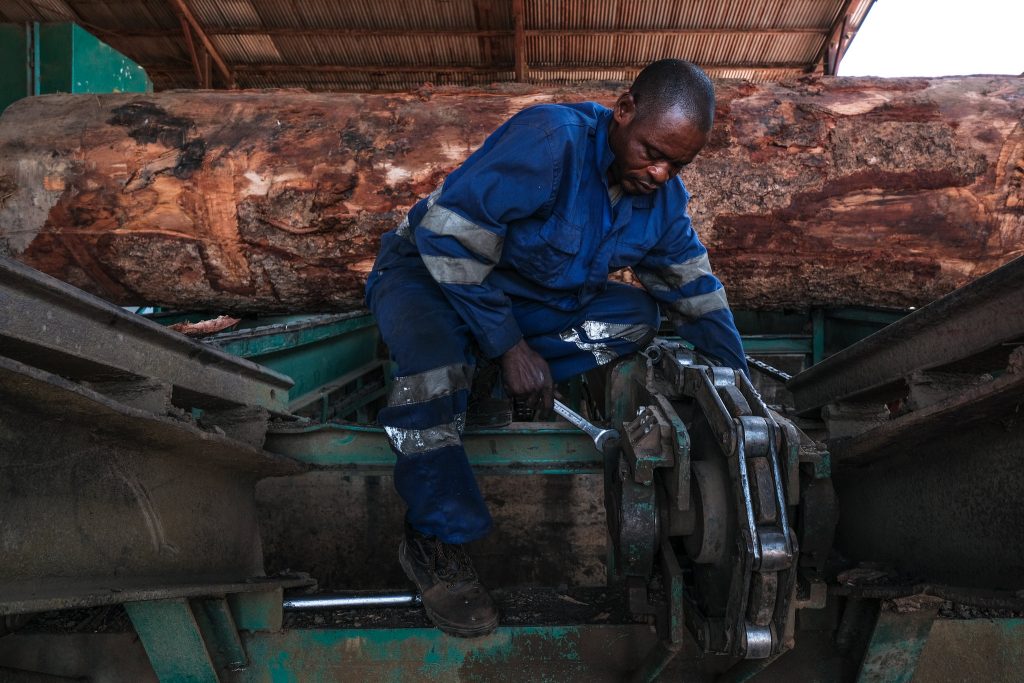
The Economic and Environmental Impacts of Timber Production
Timber plays a significant role in many national and local economies, providing jobs and economic opportunities in many communities. The timber industry is also a huge contributor to the global economy, with an estimated value of more than $600 billion in 2020.
It employs millions of people around the world, from loggers to manufacturers to retailers, generating significant revenues for governments through taxes and royalties. In many developing countries in the global south, the timber industry is one of the few sources of income and livelihood for rural communities that are dependent on forest and forest products. The demand for timber products is only expected to increase in the coming years as the global population grows and urbanization continues.
However, the negative environmental impacts of unsustainable timber practices are now well-documented, and the consequences are being faced throughout the world. Deforestation, habitat destruction, and soil erosion are some of the many significant environmental concerns associated with timber production. Unsustainable timber practices can also lead to soil and water pollution, greenhouse gas emissions, and loss of biodiversity.
How to Achieve Sustainable Timber Practices?
Achieving sustainable timber practices requires a multi-faceted approach that balances economic, environmental, and social needs. There are several methods, ranging from certification, and governance to silvicultural systems that can be used to achieve sustainable timber practices, including:
Certification schemes
Certification schemes like the Forest Stewardship Council (FSC) and Programme for the Endorsement of Forest Certification (PEFC) promote sustainable timber practices by setting standards for forest management and certification processes. As certification of consumer products persuade consumers to make environmentally friendly products, certification schemes promote environmental, economic, and social sustainability.
For instance, IKEA, a major Multi National Company (MNC) in the timber industry uses the FSC certification scheme which ensures that the furniture that it makes comes from sustainably managed forests and also through a sustainable value chain.
Certification schemes are considered one of the best practices for ensuring sustainable timber because they tackle the entire supply chain of the timber industry. Certification schemes like FSC are market-driven measures and are standardized everywhere.

Regulated harvesting
Regulated harvesting involves controlling the amount and type of timber harvested from a forest. This practice ensures that the forest ecosystem can regenerate and maintain its ecological balance.
This is in contrast with the traditional clear-cutting of entire areas which has a severe negative ecological impact on the land. Timber harvesting through a selection system(only harvesting mature trees in a stand), shelterwood system (leaving behind some trees in a landscape) or rotational system(dividing areas into compartments and harvesting on a rotational basis) are all ways of achieving sustainable harvest of timber from the same land.
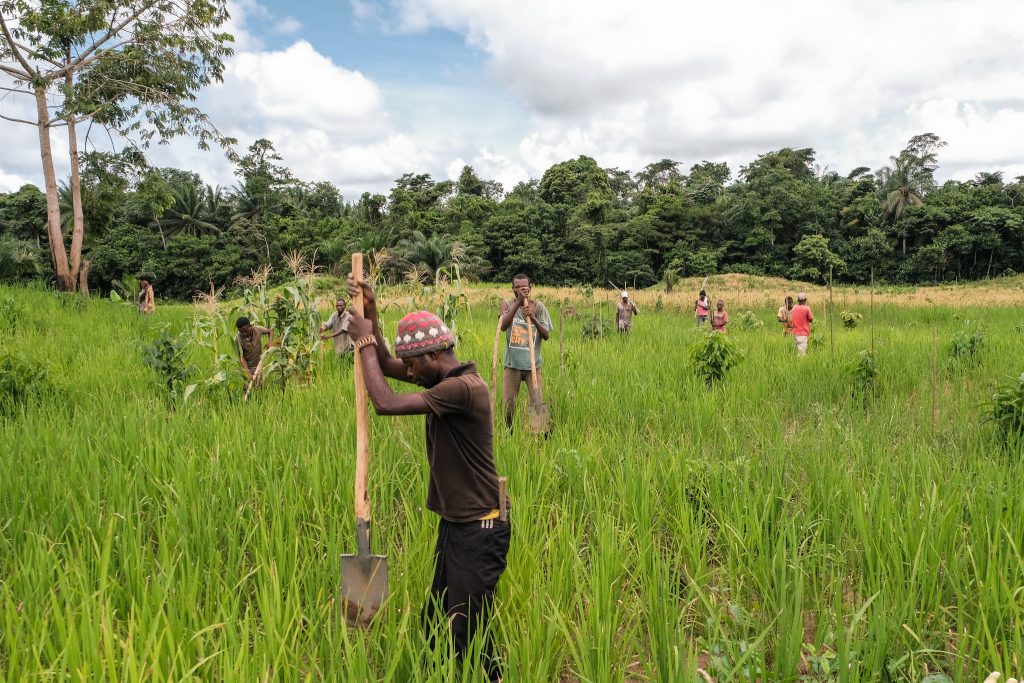
Reforestation
Reforestation involves planting new trees in areas where forests have been harvested. This practice helps to restore natural ecosystems and maintain a healthy forest ecosystem. Since growing a forest from barren land is a very lengthy process, It is common practice to shift to a new land with existent forest cover to harvest instead of replanting the harvested area.
Reforestation projects, which plants trees in previously forested areas, and afforestation, which plants trees in a new land, are an effective way of increasing the timber supply to ensure economic as well as environmental sustainability.
The Future of Sustainable Timber
The demand for timber that is sourced sustainably is increasing as people become more aware of the negative environmental impacts of unsustainable practices. For instance, more and more people are recognizing the FSC logo or other certification logos found on all sorts of products made from timber. This creates a market-driven change in the way that timber is produced.
Additionally, governments from all over the world are being more actively engaged in climate negotiations and taking climate action more seriously. Despite all the technological advancements that the world has experienced in recent years, natural forests remain the number one hope to fight back against climate change and global warming. As a result, Sustainable timber practices in both plantation and natural forests are a key tool to achieve this goal.
The benefits of moving towards sustainable timber practices are numerous and include:
Conserving natural ecosystems: Sustainable timber practices help to conserve natural ecosystems by reducing deforestation, habitat destruction, and soil erosion. This is critical in the mitigation of climate change.
Supporting local communities: Sustainable timber practices can provide economic opportunities for local communities, creating jobs and supporting livelihoods. This links with making communities more adapted to climate change.
Ensuring Sustainable Development: Although rapid development has led to a global crisis, development is still necessary to improve the living standards of people. And timber is a key raw material that fuels development. Sustainable timber practices lead to sustainable development.
However, there are also challenges to achieving sustainable timber practices. One of the significant challenges is the high cost of sustainable timber certification, which can limit the number of producers who adopt these practices. Certification takes time and effort, which translates into a higher price of the end product, and can’t compete with cheaper products that use unsustainably harvested timber.
Another challenge is the lack of awareness and understanding of sustainable timber practices among consumers, which can limit demand for sustainably sourced timber products. Although the number of consumers prioritizing sustainability is increasing, they only represent a tiny proportion of the total market.
Conclusion
Sustainable timber practices provide a framework for balancing economic, environmental, and social needs in the timber industry. These practices prioritize conservation efforts while maintaining economic viability, providing numerous benefits to both the environment and local communities.
While there are challenges to achieving sustainable timber practices, the growing demand for sustainably sourced timber products provides hope for a more sustainable future. By adopting sustainable timber practices, we can ensure that we continue to have access to this valuable natural resource while also protecting the natural ecosystems that support our planet’s health and well-being.




